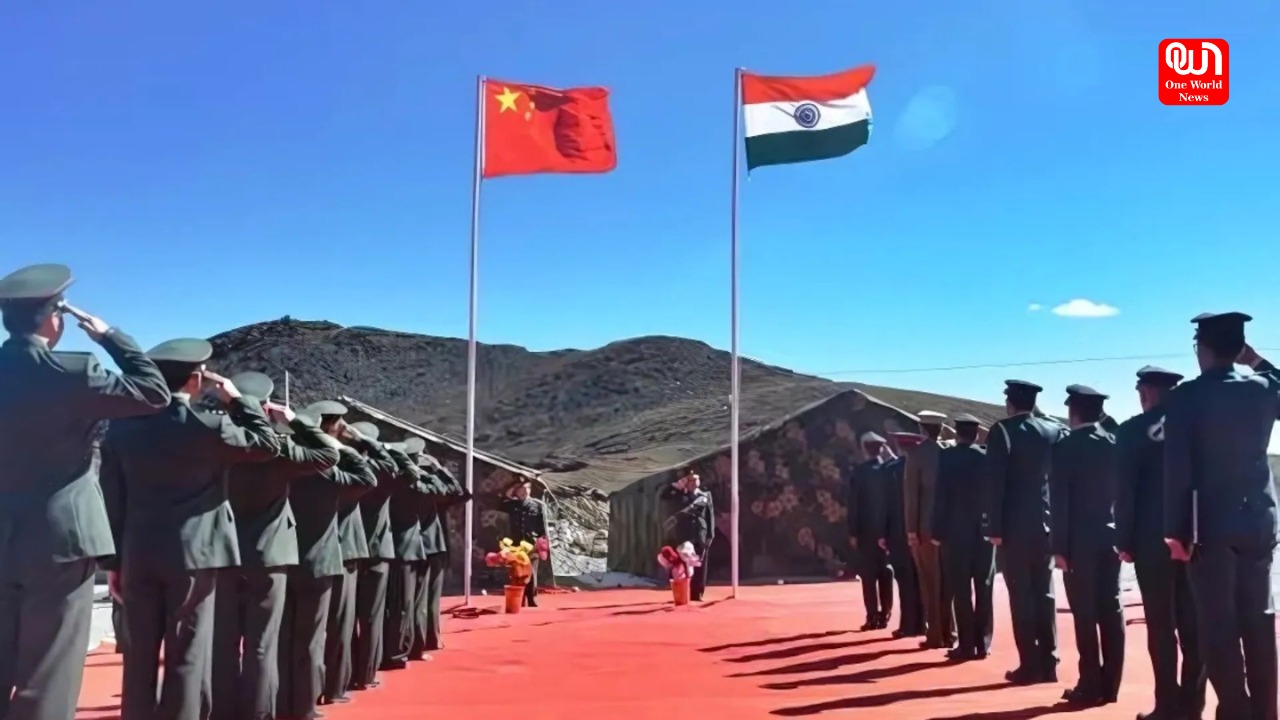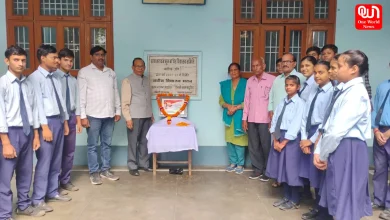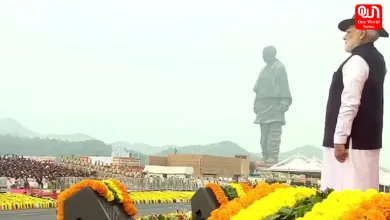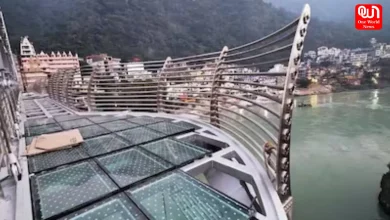Diplomatic Breakthrough: India-China Border Patrolling Resumes, Setting the Stage for Future Disengagement
India and China resume joint border patrolling along the LAC in Depsang and Demchok, marking a step towards future disengagement but full resolution is pending.
Diplomatic Breakthrough: India-China Resume Border Patrolling in Key Disputed Regions, Paving the Way for Future Disengagement

India and China have agreed to joint patrolling along the Line of Actual Control at the disputed Depsang Plains and Demchok sectors, in a major diplomatic shift after years of high-tension since the 2020 border standoff.
However, though both the countries are making tracks towards resolving the standoff, a full withdrawal of troops is not expected to come in the immediate future, excepting routine winter withdrawals that are witnessed every year.
Read more: Kashmir Will Remain an Integral Part of India: Farooq Abdullah’s Firm Stand After Recent Attack
Resumption of patrolling along LAC: An important step forward and not out of disengagement- resumption of patrolling along the LAC is a welcome move, but does not signify complete disengagement. Sources in India’s defence and security establishment have said that this is only a first step in de-escalation.
The joint patrols will come to an end with the onset of winter as it had become an annual ritual for the last four years. Meanwhile, discussions between the two sides over complete disengagement will continue where particular issues of areas of contention along the disputed border will also be discussed.
Read more: After Rohini Blast -Delhi Cops get Telegram Info On ‘Justice League India’ !
Speaking during a special briefing before Prime Minister Narendra Modi’s visit to Kazan for the upcoming BRICS Summit, Foreign Secretary Vikram Misri stated that this diplomatic feat was extremely important. He said, “Over recent weeks, diplomatic and military negotiators of India and China have been in close contact.
These discussions resulted in an agreement on the patrolling arrangements along the LAC which opens up a way for the resolution of all issues that have persisted since 2020.”
Depsang and Demchok: The central points of two main sectors-Negotiations have been taking place between India and China in the Depsang Plains and Demchok, which are important centers. For decades, Chinese troops had denied Indian patrols access to an important bottleneck in the Depsang Plains.
The new agreement does bring a welcome sign of reversal, though; Chinese forces are expected to retreat back into earlier positions which will allow Indian patrols to continue without hindrance. Of course, it would be a great milestone in efforts to diffuse tension in this region.
It is uncertain at Demchok. It has been confirmed that patrolling resumed in this area; however, it was not known if the Indian troops would gain access to Charding La pass, which was an important point where their patrols had been cut off during the 2020 face-off. A symbolic sign of progress came with the dismantling of a Chinese tent erected in the area during the confrontation, casting a hint at the possibility of further de-escalation in this critical zone.
Patrolling will resume in areas where disengagement had already begun, such as Pangong Tso, Galwan Valley, and Gogra. Both sides will patrol up to their “agreed perceived LAC,” an arrangement by which India and China continue to have differing perceptions of where the border lies.
Modi and Xi: The prospects of a Bilateral Rendezvous at BRICS- There is every likelihood that this fresh patrolling accord would be placed before a much-awaited tete-a-tete between Indian Prime Minister Narendra Modi and Chinese President Xi Jinping, who are slated to attend the BRICS Summit scheduled later this year at Kazan, Russia. Such a bilateral will also offer a vital opportunity to address border issues and propel the dialogue toward wider de-escalation.
Gradual Approach towards Lasting Solution on the Border: India Urges India and China- India had been saying for many rounds of diplomatic as well as military talks that it wanted India and China to adopt a gradual approach towards a lasting solution on the border issue.
The first part of disengagement pertains to those places where Indian and Chinese forces are proximate to each other. The second part is concerned with de-escalation in which the number of troops along with military equipment along LAC should reduce.
The third phase-de-induction-would involve returning each side’s power to the status quo that existed before the 2020 standoff.
Overall, though some measurable forward movement has been achieved in some sectors, full-scale resolution has been elusive for both the two sides.
Talks between the two sides at the WMCC level are continuing with two initial steps toward resolutions made at Depsang and Demchok regarding disengagement.
Senior military officials sound cautionary notes stating that de-escalation and de-induction must first occur before threats of more confrontations can be dissipated.
Lurking Distrust and Militarization- While positive steps are being taken to revive joint patrolling on the border, deep-seated distrust remains the hallmarks of India-China relations.
China has continued incrementally building its system of militarisation along the LAC, which makes Indian defence officers read caution into the long-term intentions of Beijing.
Militarization of bases along the border indicates that PLA does not intend leaving pre-standoff positions anytime soon.
India has not only increased the footprint of its troops along the LAC but also augmented it far more significantly in eastern Ladakh and Arunachal Pradesh. In addition, the Indian Army made strides by its movement towards augmenting the winter stock build-up besides ramping up its level of operational preparedness to encounter any spillover that may occur during the winter months.
Strain on Diplomacy and Economy- The border stand-off has been bringing both diplomatic and military ties to stress. Its impact was also seen in economic ties as well. India put more scrutiny on Chinese investments. Most of the major projects are delayed or even canceled.
Although New Delhi has relaxed its stance on trade in recent months, flow of Chinese investments has reduced drastically. This is despite these tensions between them. India and China have been seeing a mushrooming of bilateral trade. Indian imports from China have also witnessed a 56 percent increase since the stand-off began.
A pragmatic step forward- The joint patrolling along the LAC has been resumed. It can be seen as a critical step in alleviating India-China tension, which is itself but a mere starting point in a long, arduous way forward.
Much will depend on future diplomatic engagement, but most important will be the possible bilateral meeting of Modi and Xi at the BRICS Summit. Till complete disengagement and de-escalation takes place, that border remains a sensitive flashpoint, closely watched by both sides.
We’re now on WhatsApp. Click to join.
Like this post?
Register at One World News to never miss out on videos, celeb interviews, and best reads.








